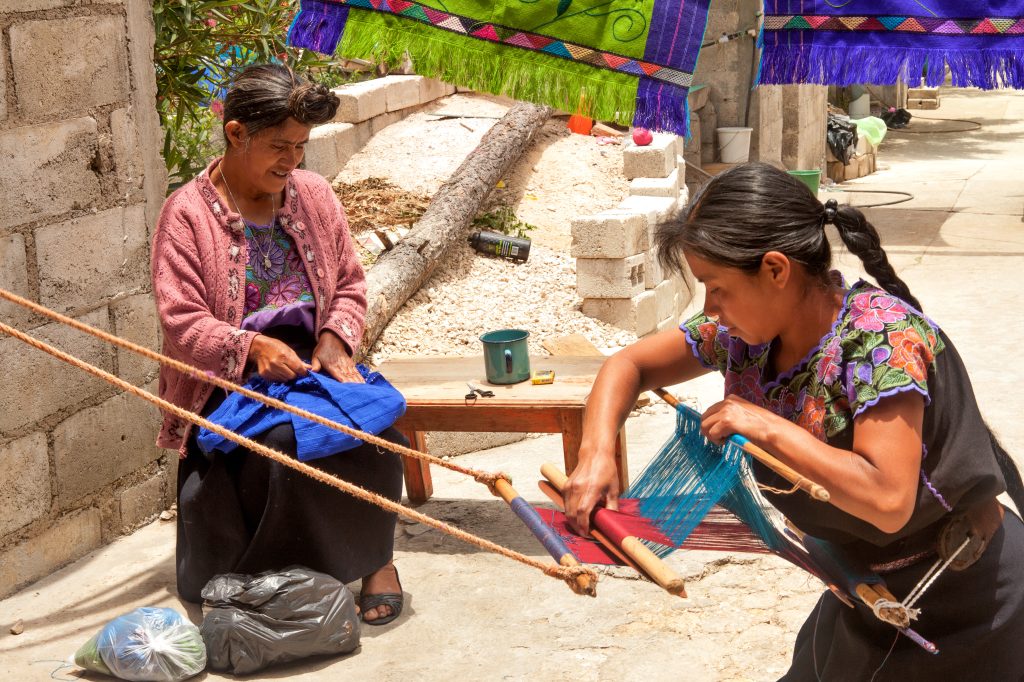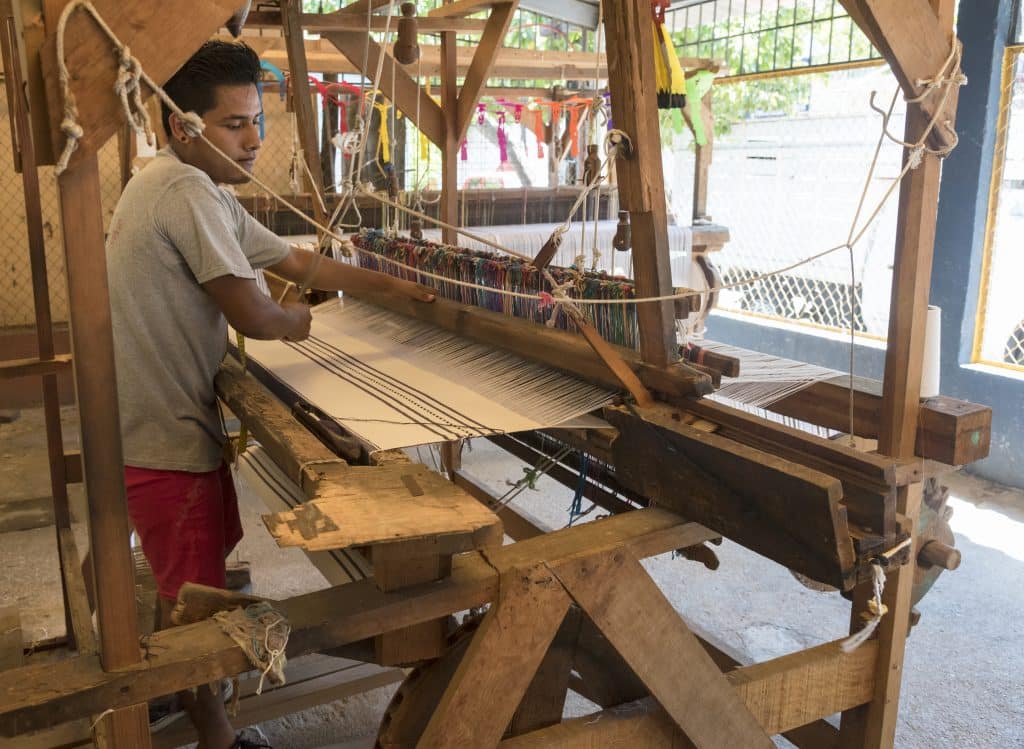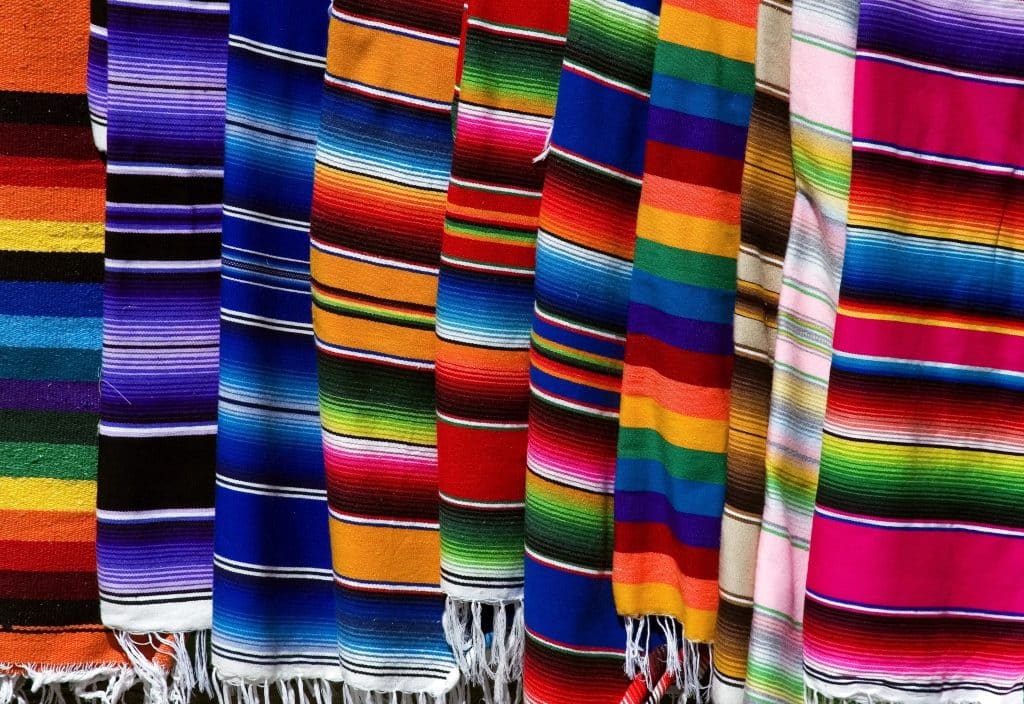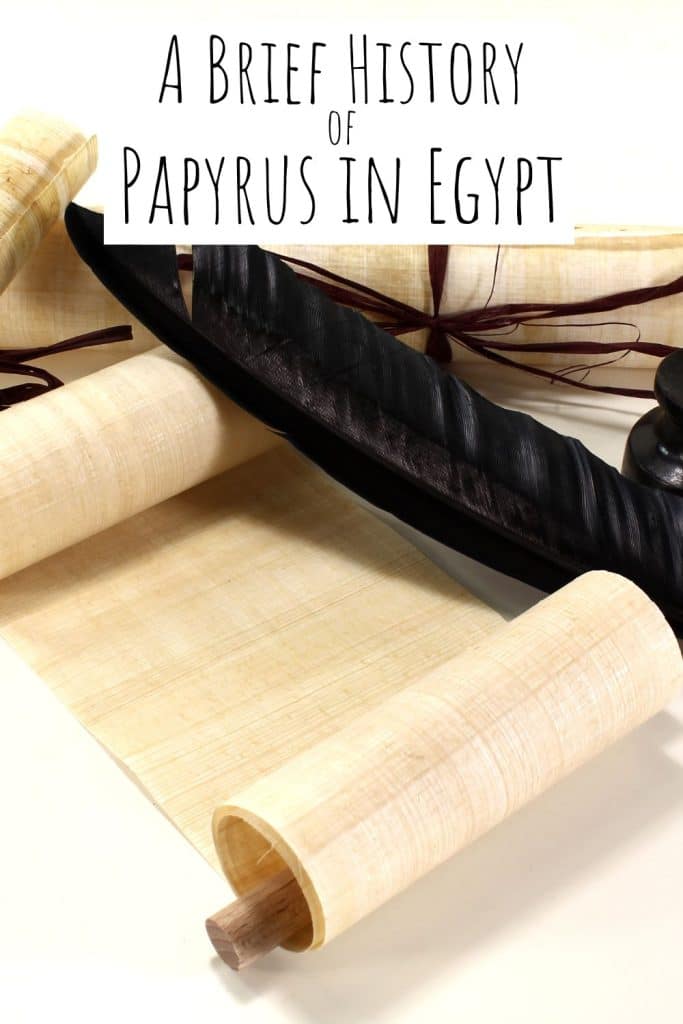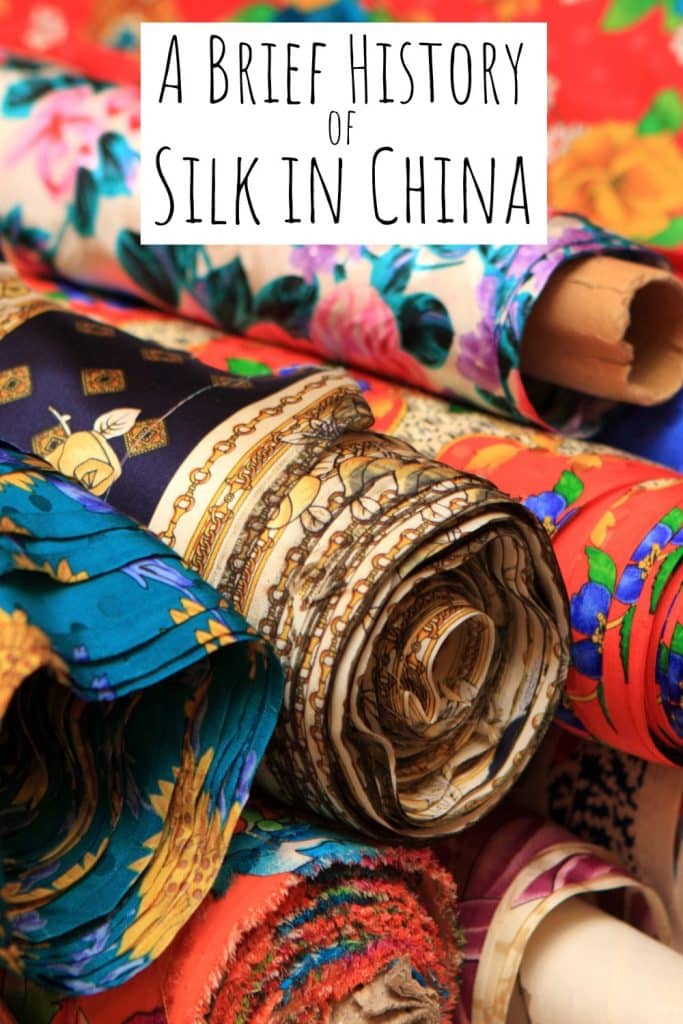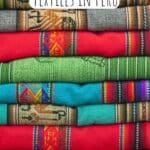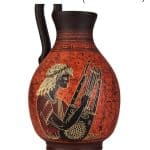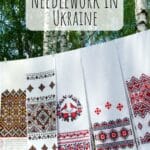A Brief History of Weaving in Mexico
Weaving in Mexico is an ancient craft that has been an integral part of Mexican culture for thousands of years. The art of transforming threads into intricate textiles has not only shaped the material culture of Mexico but has also played a significant role in preserving indigenous traditions and fostering cultural identity. From the vibrant textiles of the Aztecs to the intricate tapestries of the Zapotec civilization, Mexican weaving techniques are as diverse and rich as the country’s cultural heritage. Join us as we delve into the captivating history of weaving in Mexico, exploring its cultural significance and the techniques employed by its skilled artisans.
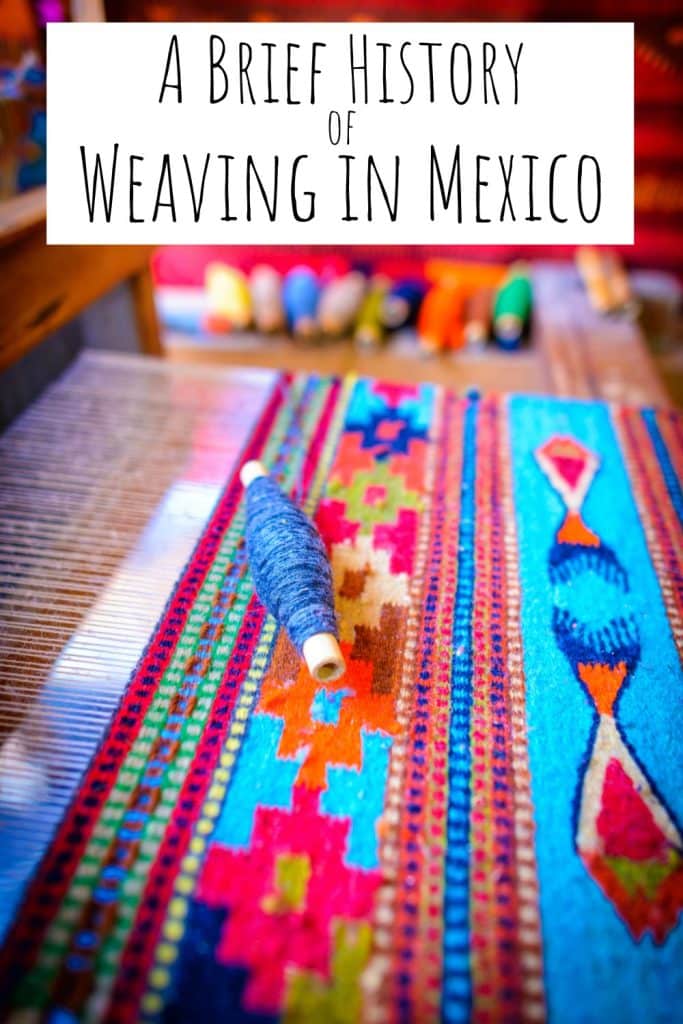
Pre-Columbian Roots
The roots of Mexican weaving can be traced back to pre-Columbian times when indigenous civilizations developed sophisticated textile traditions. The Olmecs, Mayans, Aztecs, and Zapotecs, among others, all made significant contributions to the art of weaving. These ancient cultures cultivated cotton, agave, and various plant fibers, which were spun into threads and then woven into exquisite garments, tapestries, and ceremonial textiles.
Cultural Significance
Weaving in Mexico holds immense cultural significance. Textiles were not merely utilitarian objects but carried deep symbolic meanings, serving as markers of social status, religious beliefs, and ethnic identity. Different weaving patterns, colors, and motifs were often specific to particular communities, reflecting their unique cultural heritage. The preservation of traditional weaving techniques continues to be a way for indigenous communities to maintain and celebrate their rich cultural traditions.
Techniques and Materials
Mexican weaving techniques are as diverse as the country’s geography and the communities that practice them. Some notable weaving techniques include backstrap weaving, pedal loom weaving, waist loom weaving, and tapestry weaving. Each technique employs distinct tools and processes, resulting in varied textures and patterns.
Backstrap weaving: This ancient technique involves using a simple loom consisting of two horizontal bars, with one end attached to a fixed object and the other end tied around the weaver’s waist. The weaver controls the tension by leaning forward or backward, creating intricate textiles characterized by their tight weave.
Pedal loom weaving: Introduced during the colonial period, this technique involves using a floor loom equipped with pedals that control the warp tension. Pedal looms allow for larger textile production and the creation of wider fabrics.
Waist loom weaving: Common among indigenous communities in Oaxaca, this technique utilizes a portable loom tied around the weaver’s waist. It is well-suited for creating narrow textiles like belts, sashes, and other small accessories.
Tapestry weaving: Renowned among the Zapotec people, tapestry weaving involves interweaving different-colored weft threads to create intricate designs and pictorial narratives. This technique showcases the weaver’s mastery of color blending and storytelling.
Contemporary Weaving:
While weaving in Mexico has deep historical roots, it continues to evolve and adapt to the contemporary world. Today, many Mexican artisans combine traditional techniques with innovative designs, materials, and color palettes. This fusion of the old and the new has led to the creation of modern textiles that honor tradition while appealing to a broader market.
Weaving in Mexico stands as a testament to the country’s rich cultural heritage and the resilience of its indigenous communities. The artistry and skills passed down through generations continue to create vibrant textiles that are cherished both locally and globally. As we appreciate the intricate weavings of Mexico, we must recognize and support the preservation of these traditions, ensuring the continued flourishing of this ancient craft and the communities that uphold it.
If you’re interested in experiencing historical Mexican weaving in person, there are several places in Mexico where you can immerse yourself in this rich tradition. Here are some great and informational destinations:
Oaxaca City, Oaxaca:
Known as the weaving capital of Mexico, Oaxaca City is a vibrant hub of indigenous textile traditions. Visit the Textile Museum of Oaxaca, which showcases an extensive collection of textiles from various regions of the state. Explore the bustling markets, such as the Mercado de Artesanías, where you can find a wide array of traditional textiles and interact with local artisans.
Teotitlán del Valle, Oaxaca:
Located just outside of Oaxaca City, Teotitlán del Valle is renowned for its Zapotec weaving heritage. This village is home to skilled weavers who create exquisite wool rugs and tapestries using traditional techniques. You can visit local workshops and learn about the natural dyeing process, explore the community’s textile museum, and even participate in weaving workshops to gain hands-on experience.
San Cristóbal de las Casas, Chiapas:
In the highlands of Chiapas, San Cristóbal de las Casas is a captivating destination for exploring indigenous weaving traditions. The town is surrounded by indigenous communities such as Chamula and Zinacantán, known for their distinct textiles. Visit the local markets, like the Mercado de Santo Domingo, to witness the vibrant textiles on display and witness the weaving techniques firsthand.
Tenancingo, Estado de México:
Tenancingo, located in the State of Mexico, has a long-standing tradition of weaving rebozos, a type of traditional Mexican shawl. The town is renowned for its intricate designs and high-quality craftsmanship. Visit local workshops and learn about the weaving process, from spinning the threads to creating the intricate patterns using backstrap or pedal looms.
Tlaxcala:
Tlaxcala, a state in central Mexico, is home to communities that have preserved ancient weaving techniques. Visit places like San Francisco Tetlanohcan and Tlaxco, where artisans specialize in creating beautiful textiles using backstrap looms. Explore local markets and connect with weavers who are dedicated to preserving their cultural heritage.
These destinations offer unique opportunities to witness the artistry and skills of Mexican weavers. Remember to be respectful of the communities and support local artisans by purchasing their authentic handcrafted textiles. By engaging with these cultural treasures firsthand, you can gain a deeper appreciation for the historical and cultural significance of Mexican weaving.
Ready for more brief histories? How about a brief history of papyrus in Egypt?
Or this brief history of silk in China!
